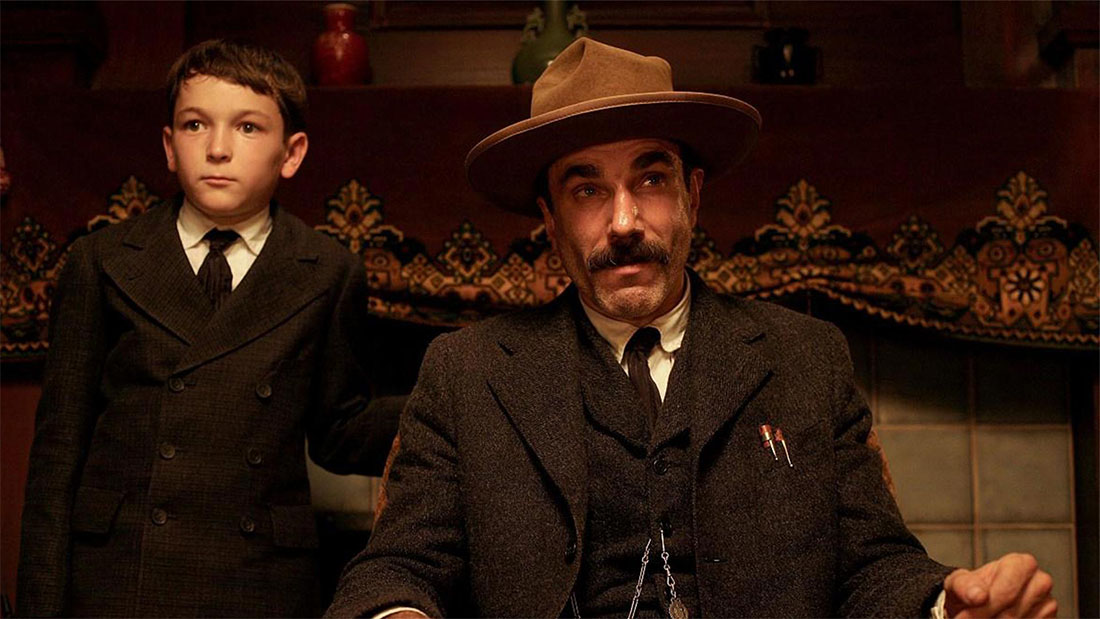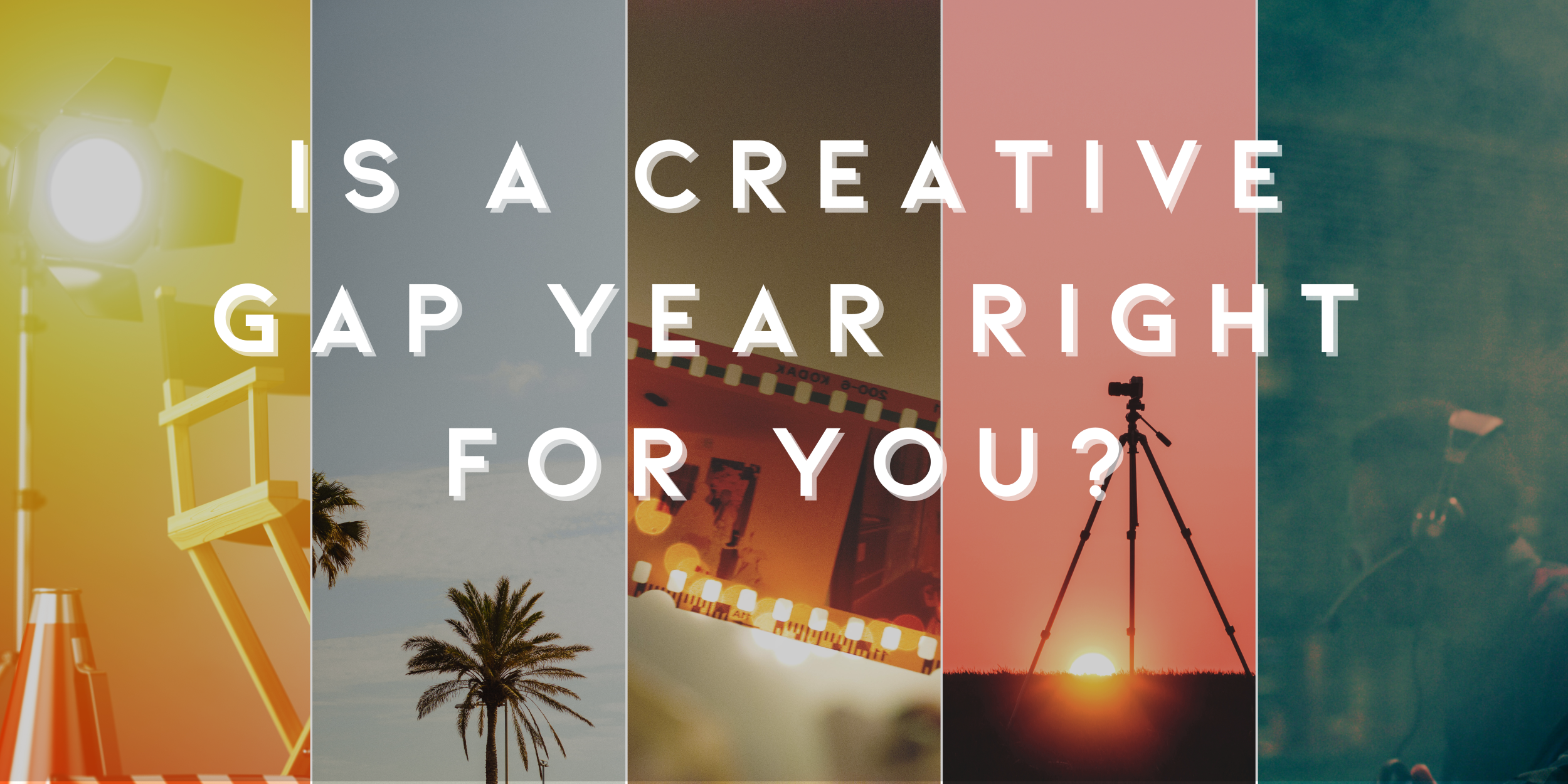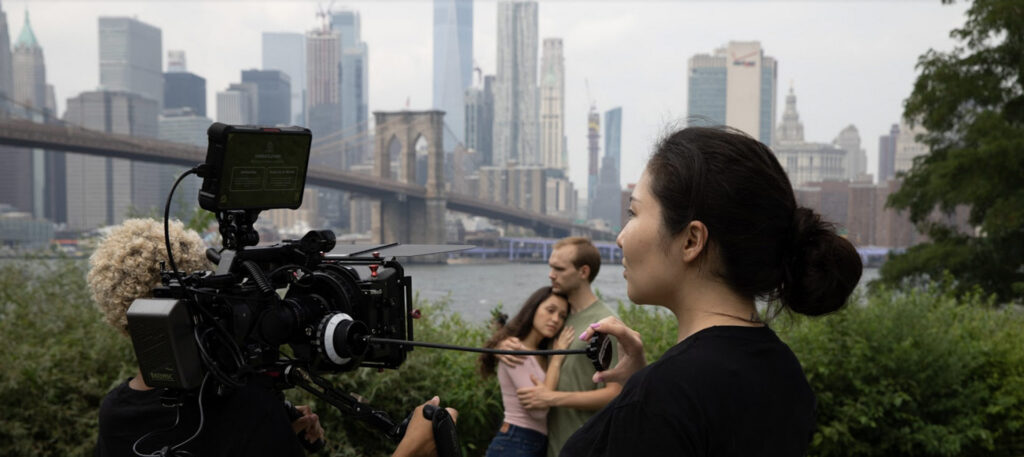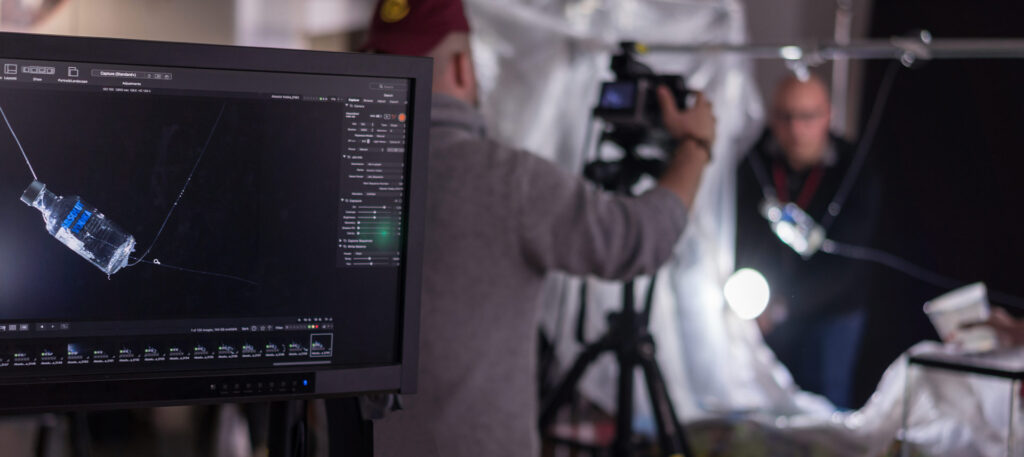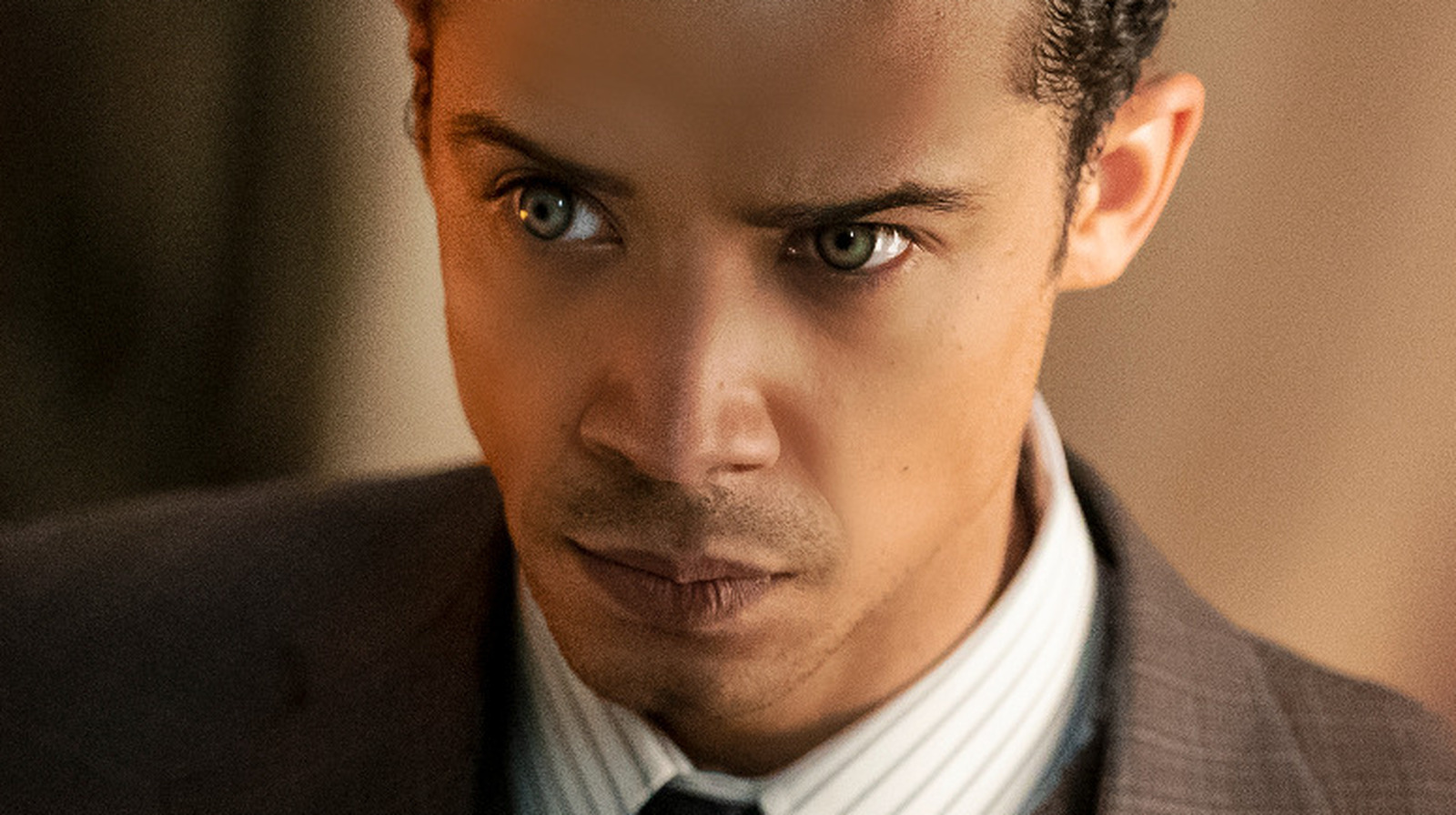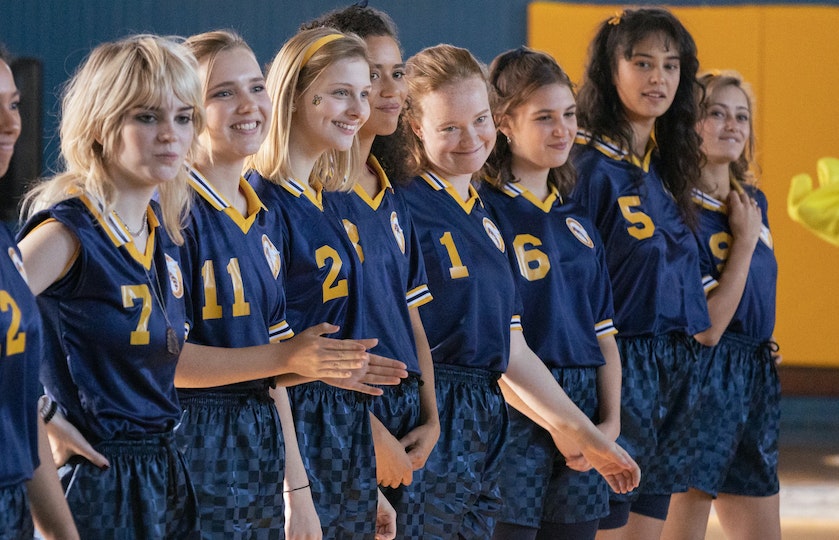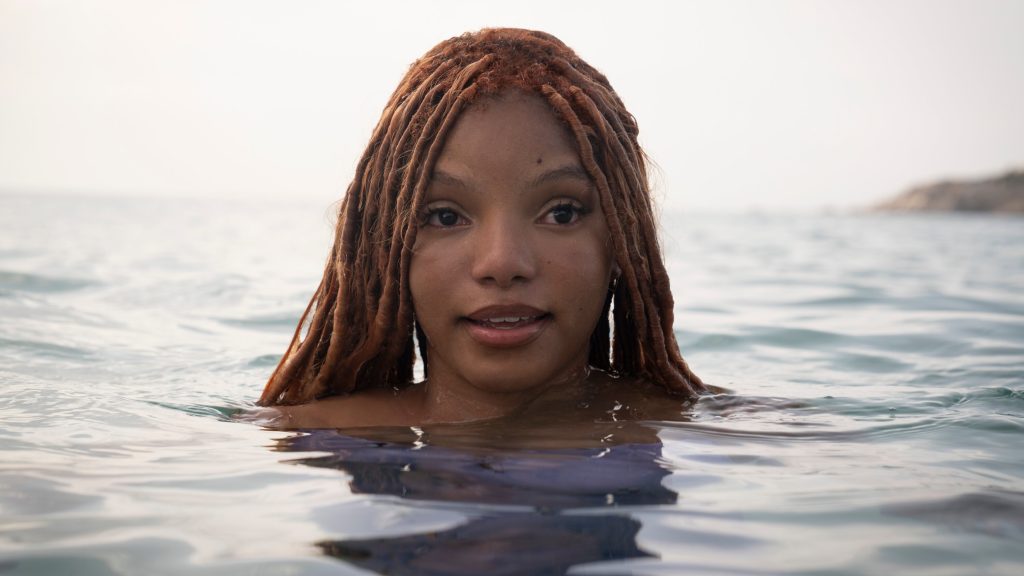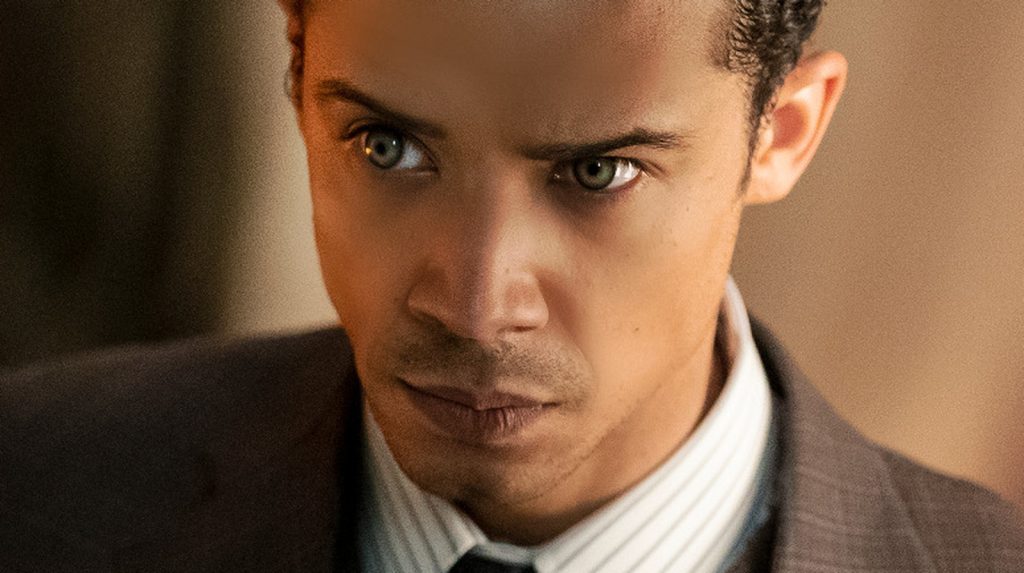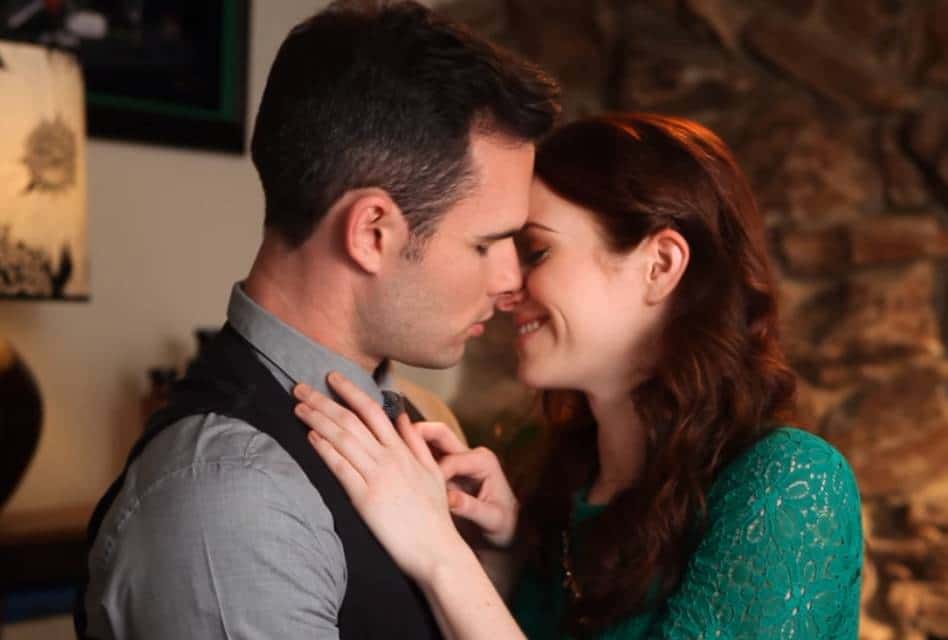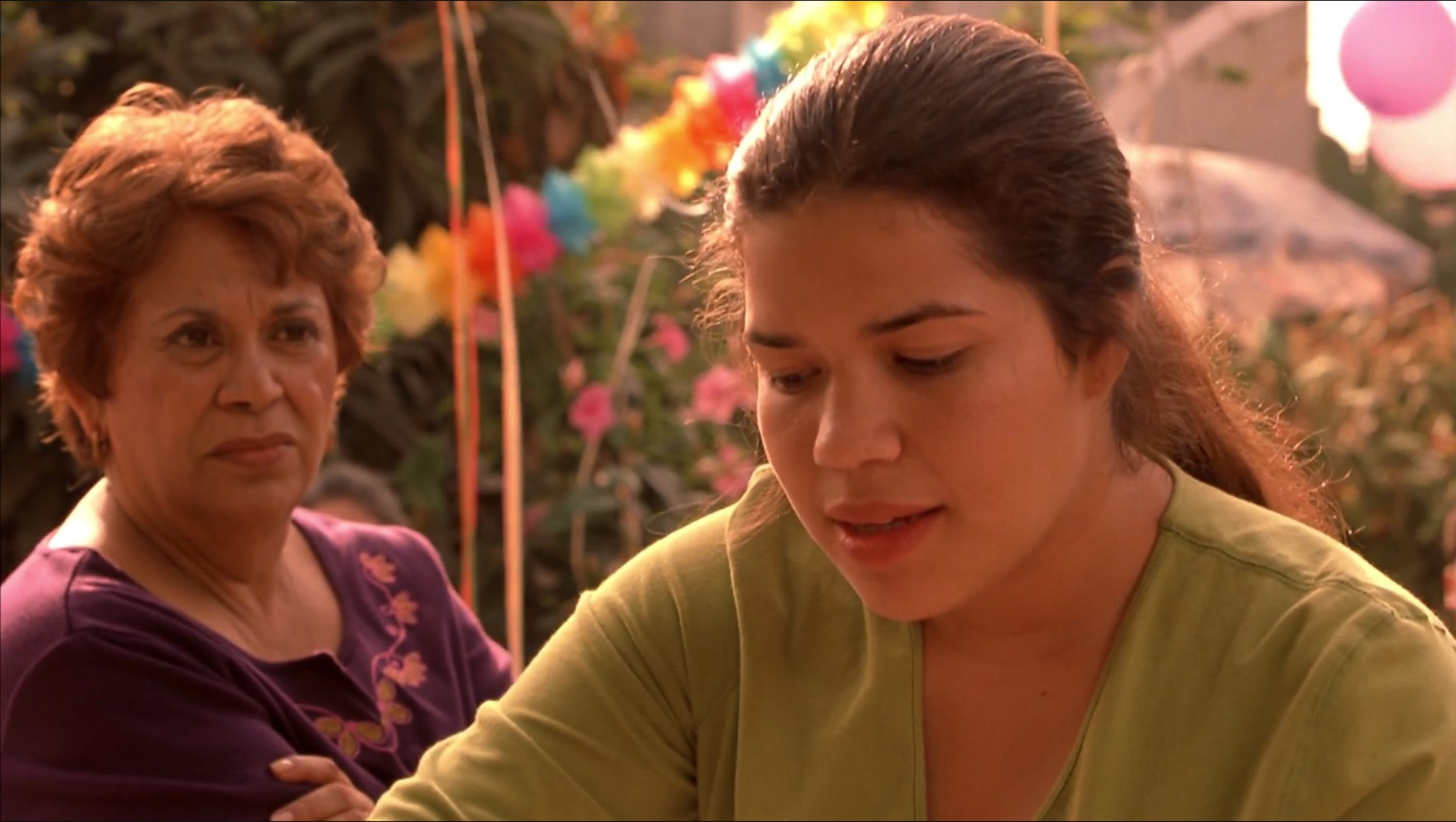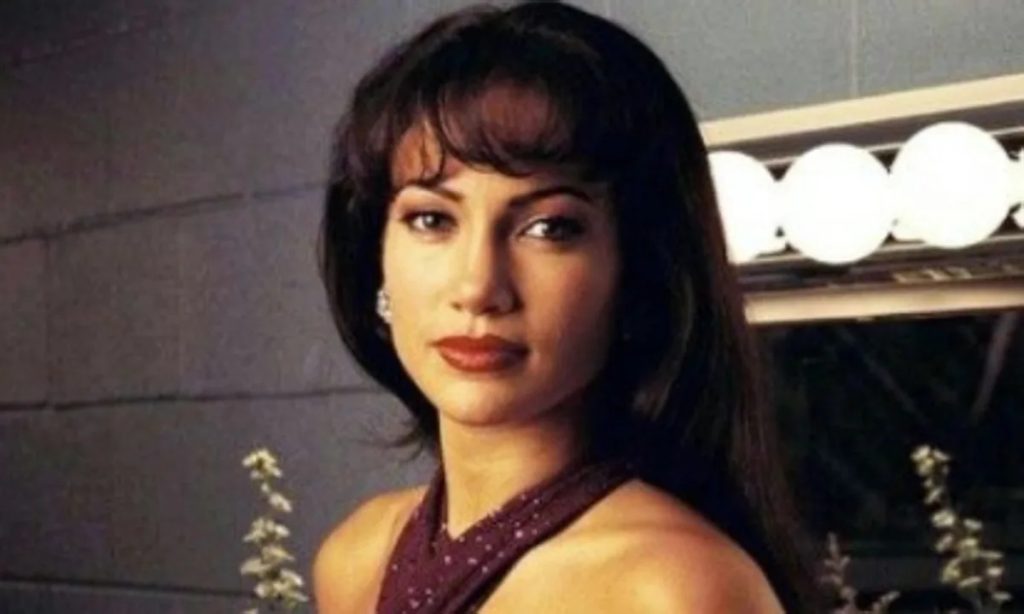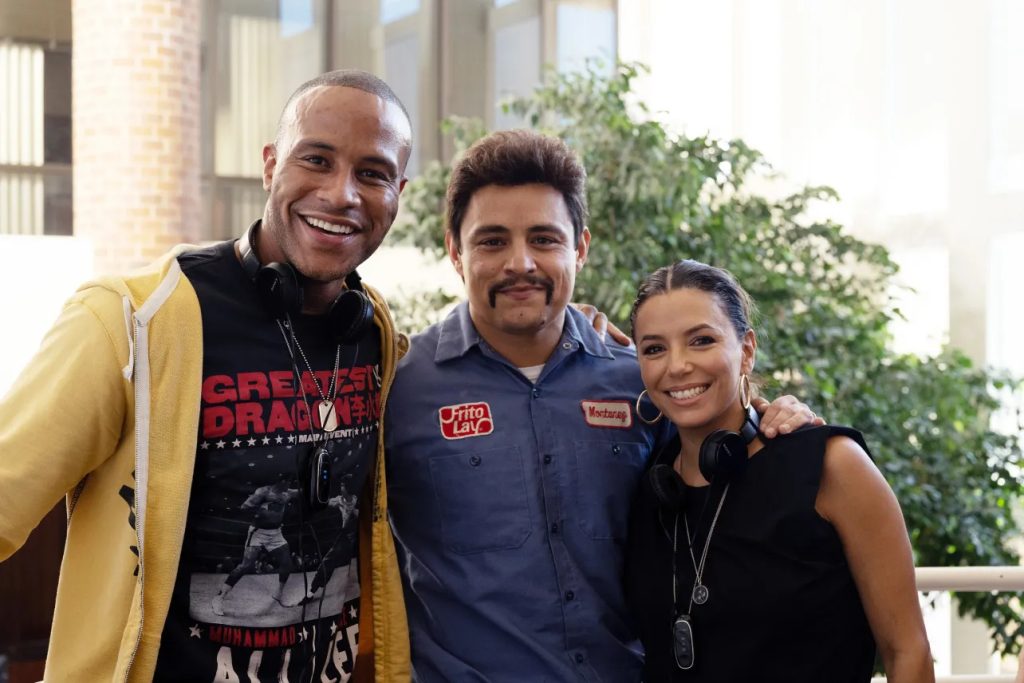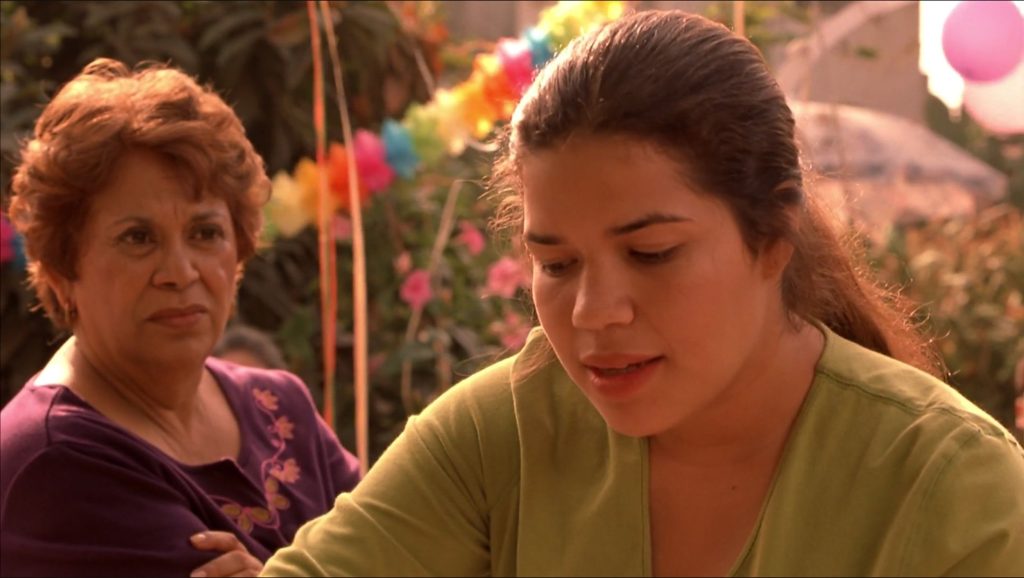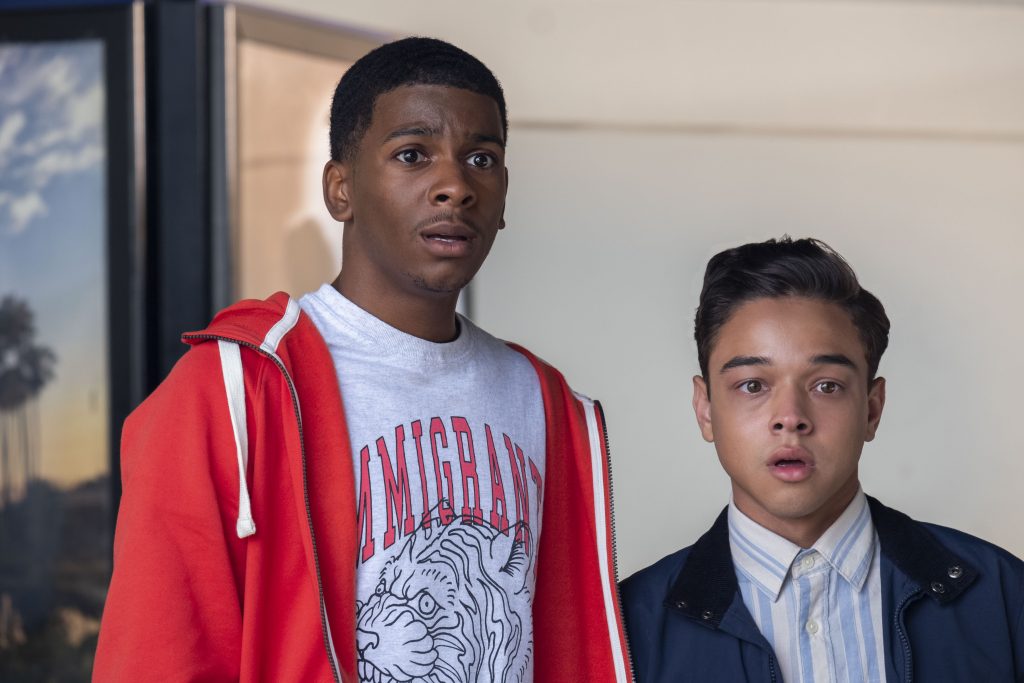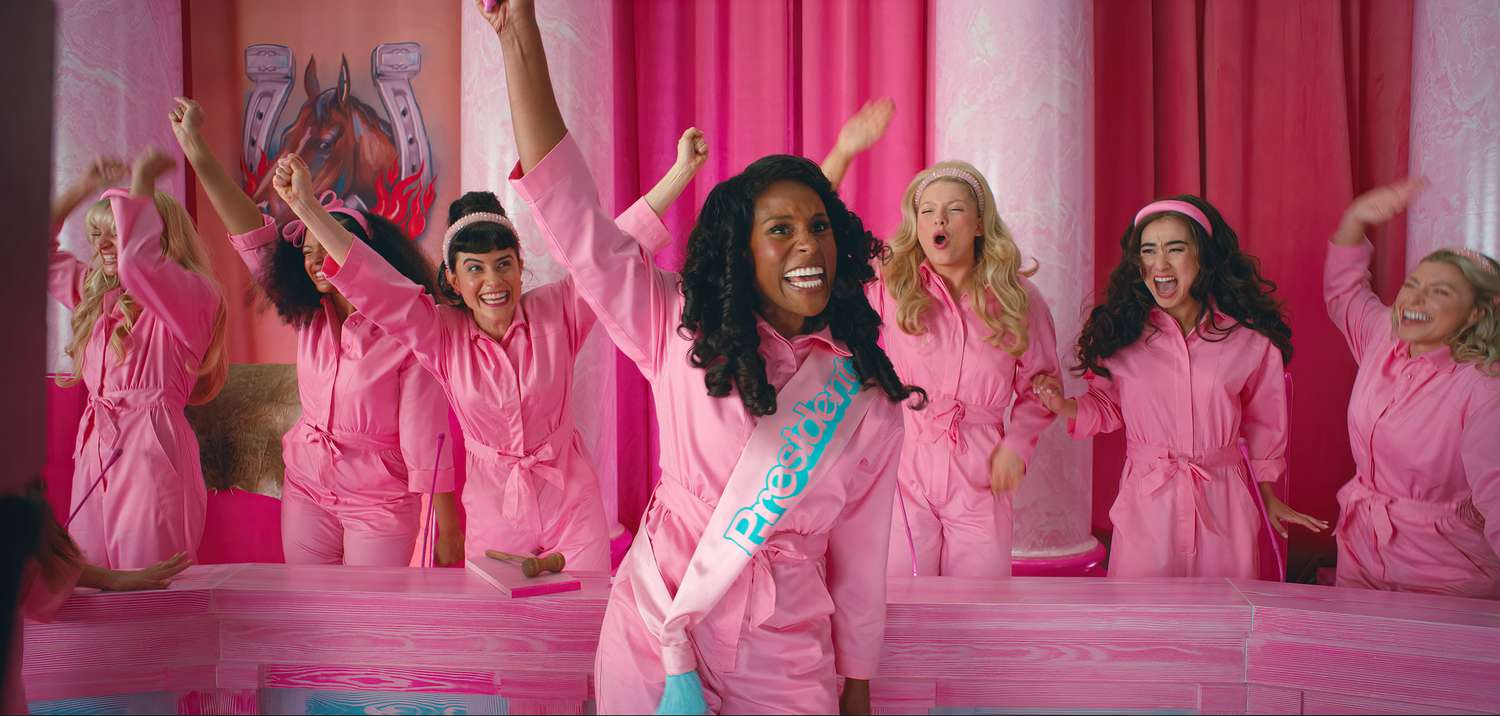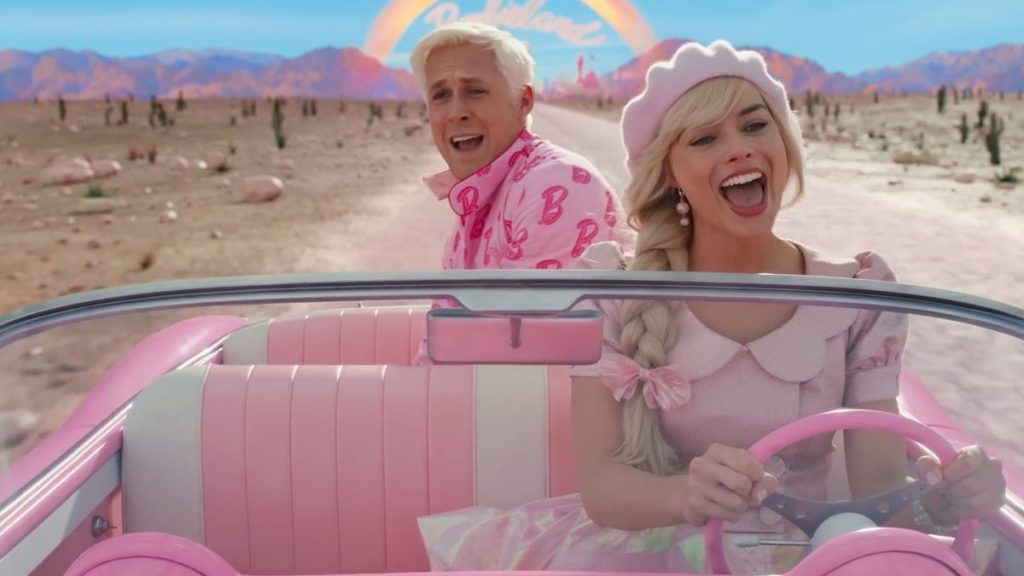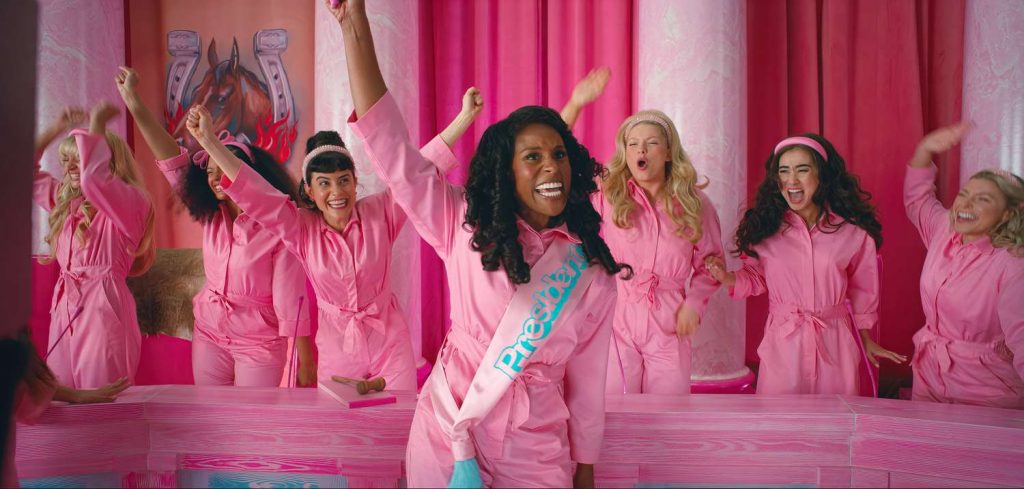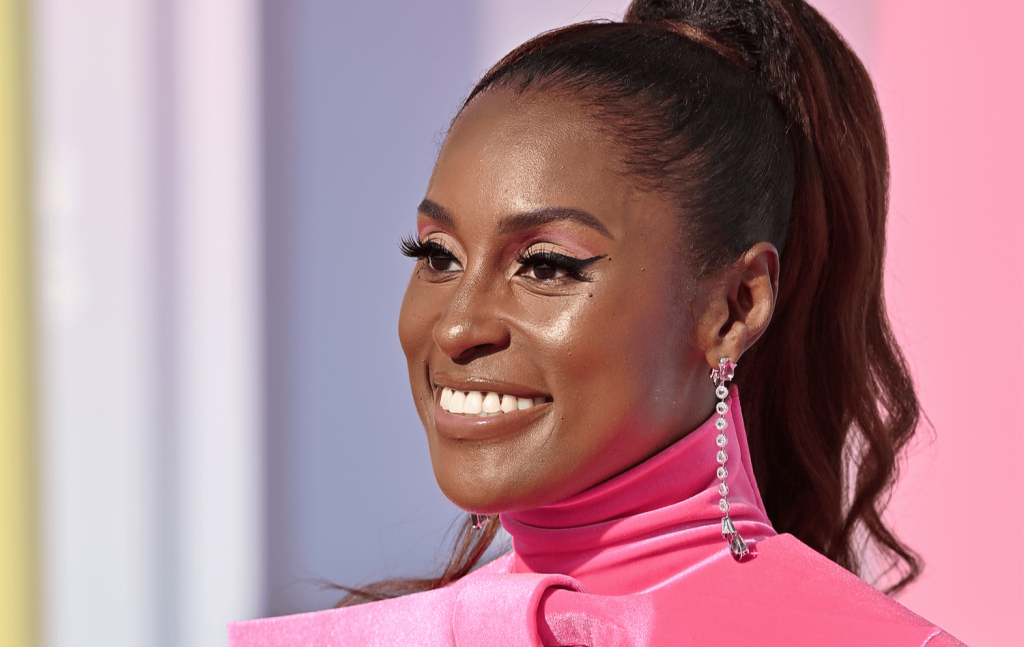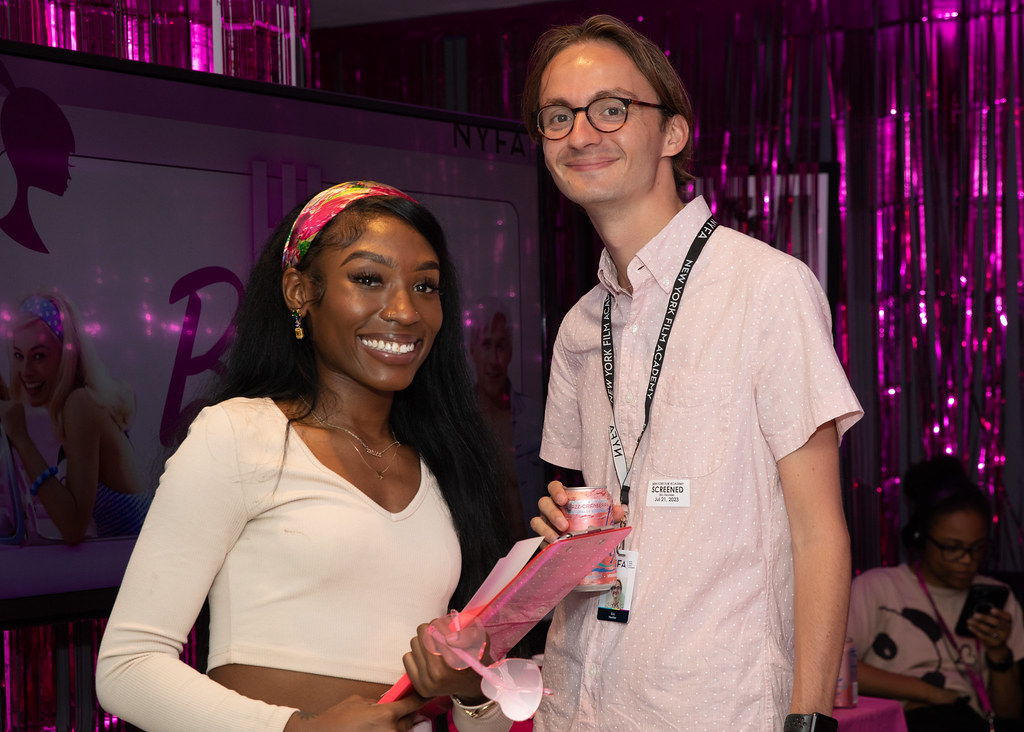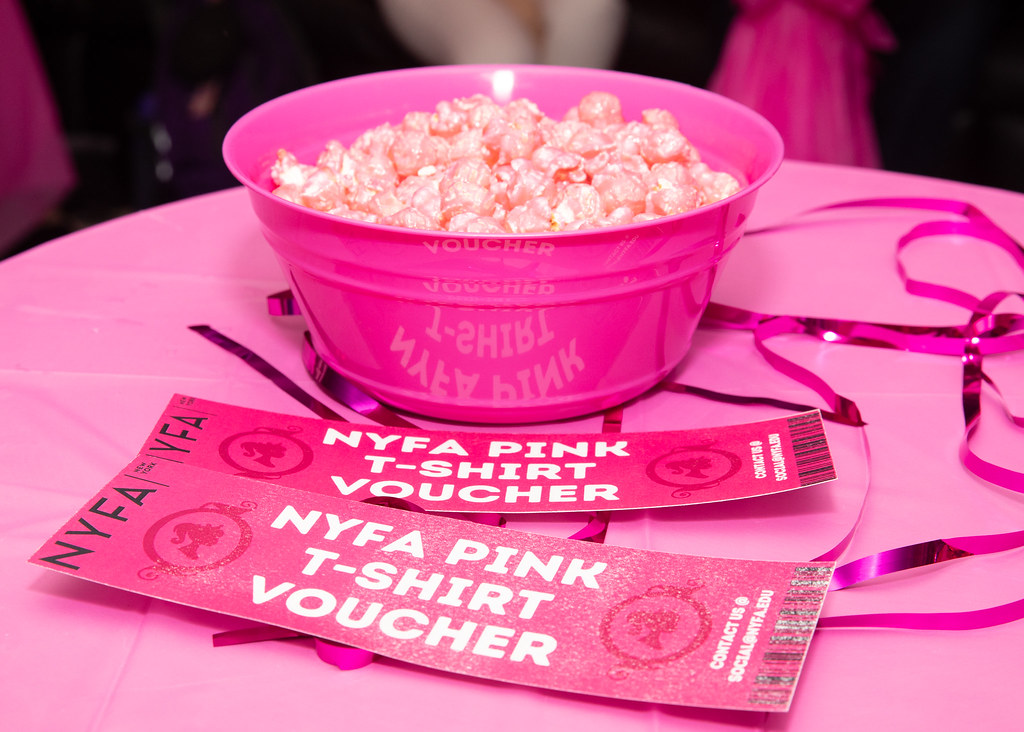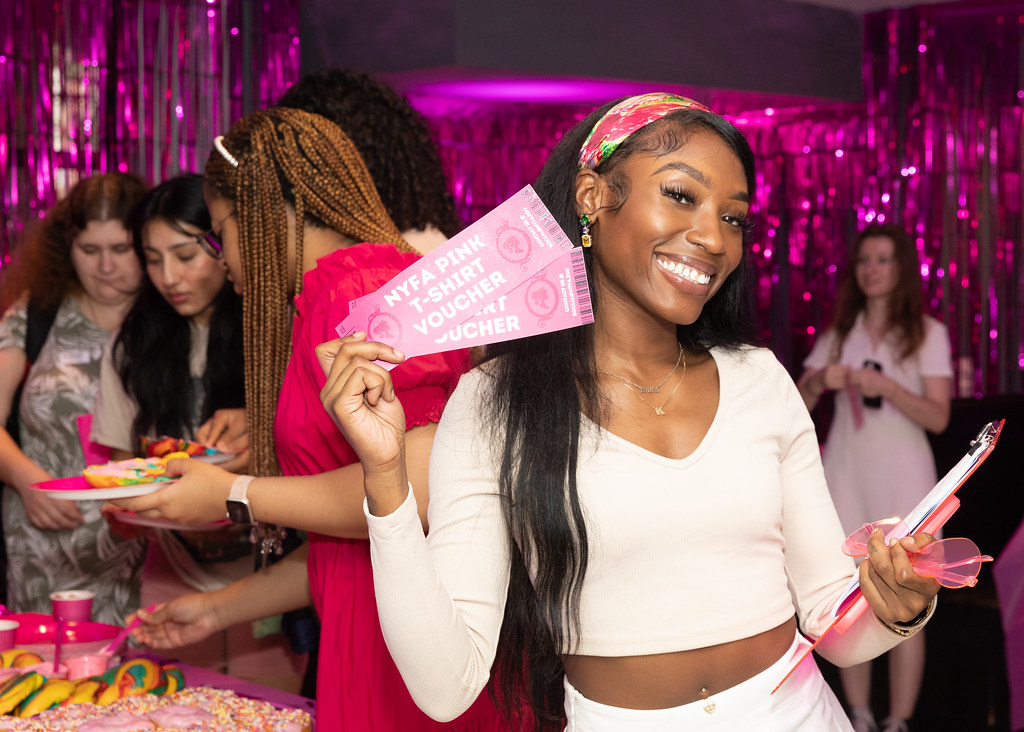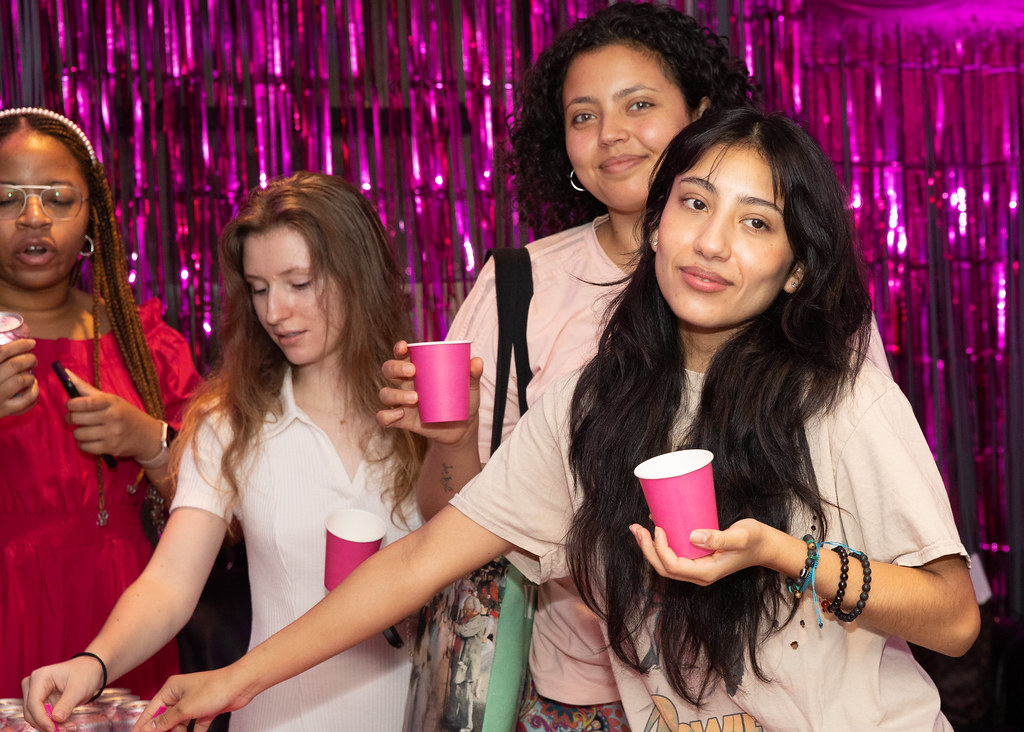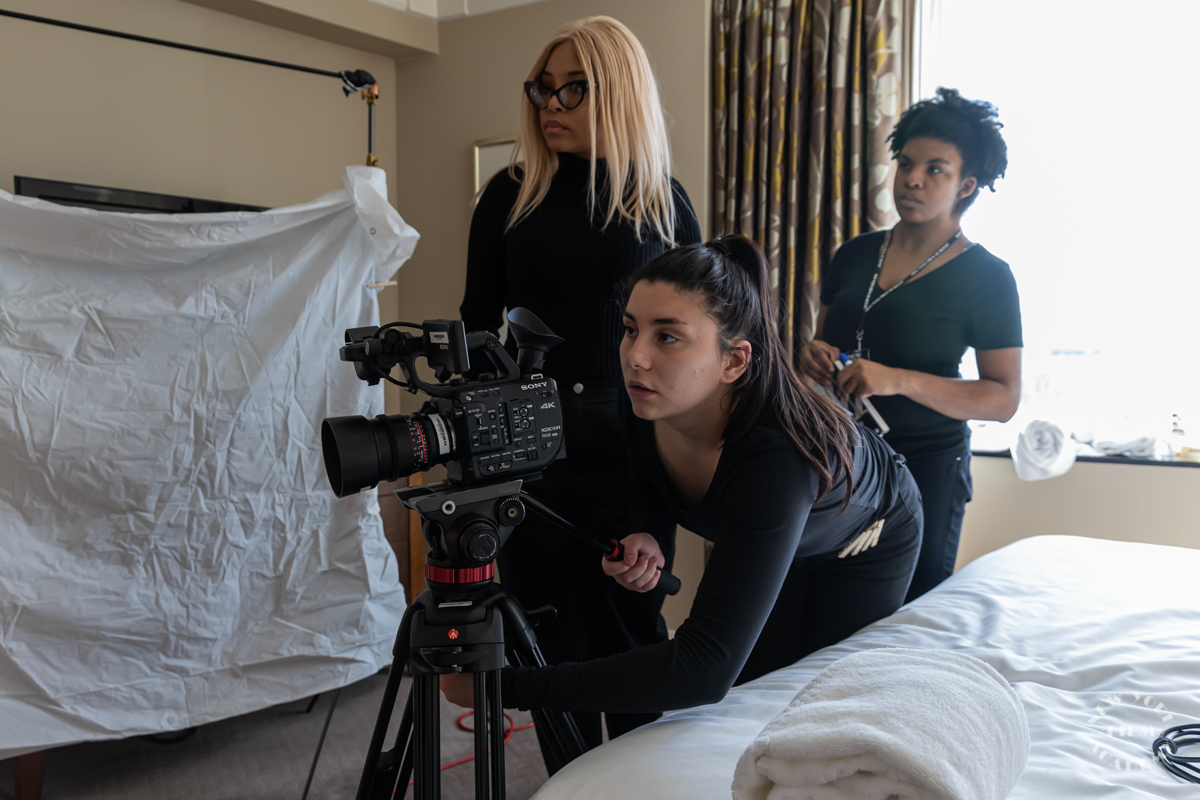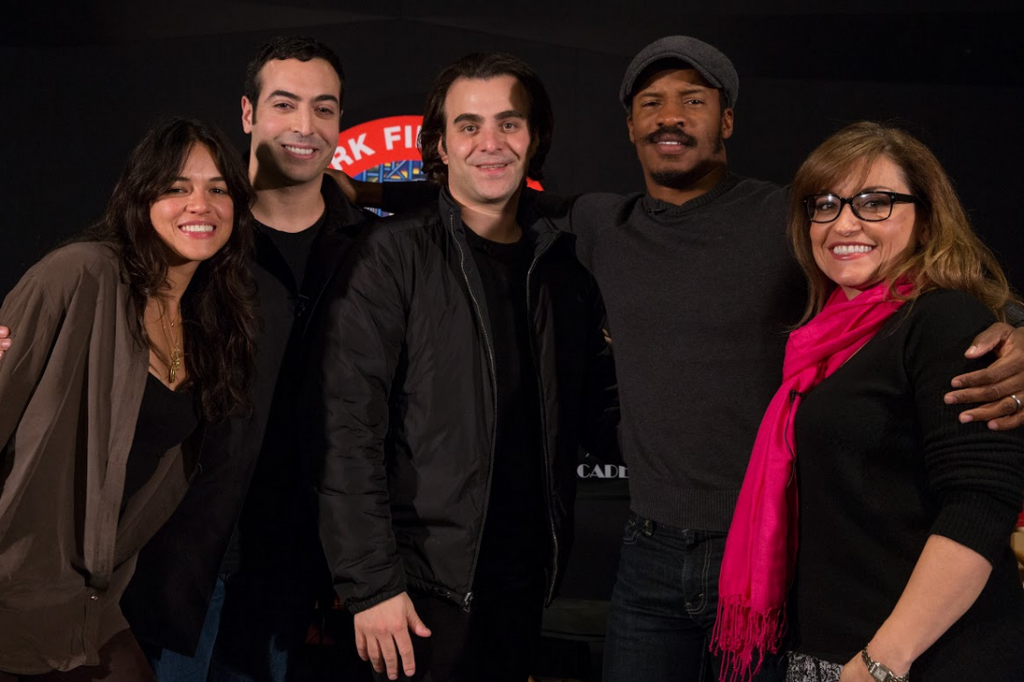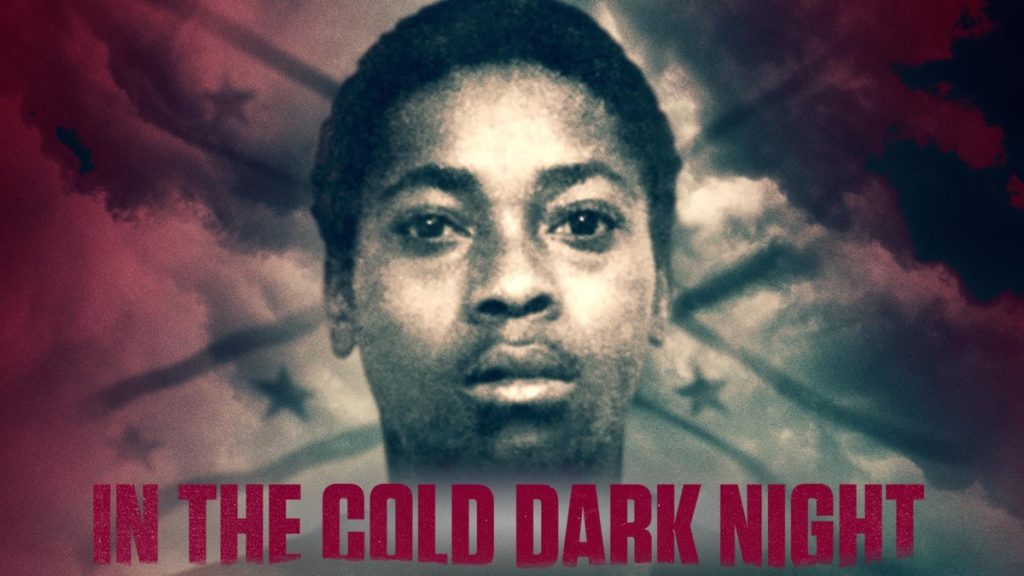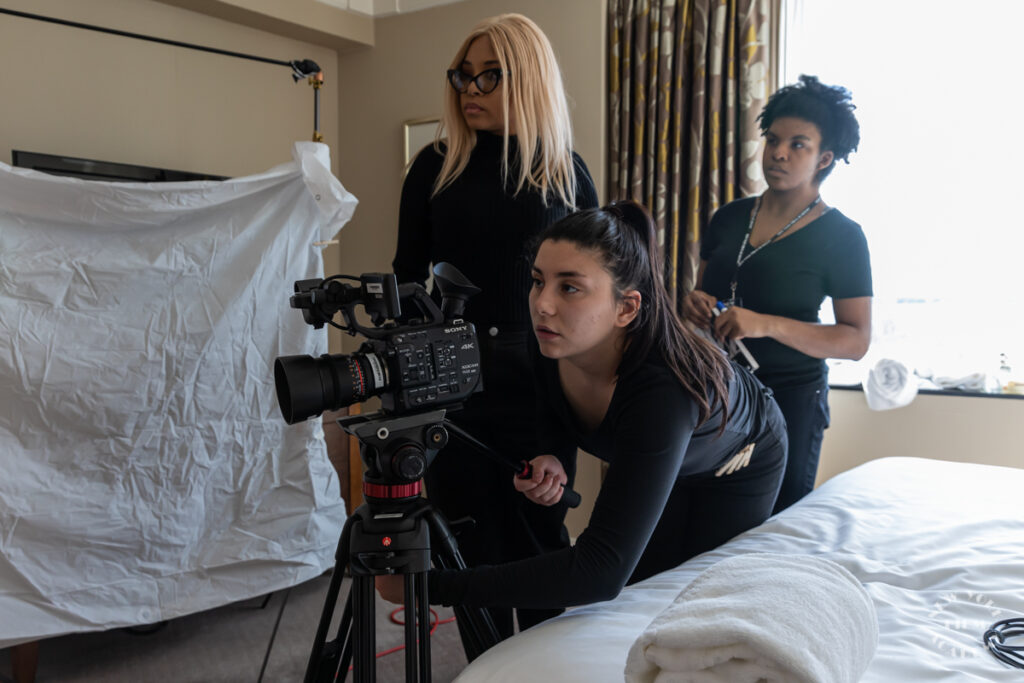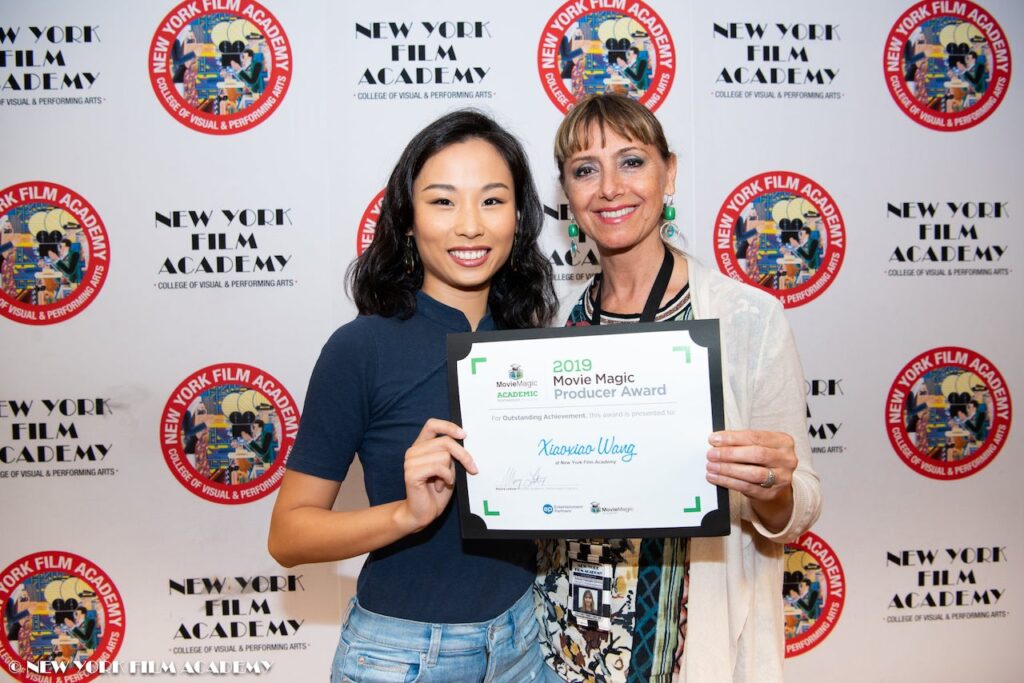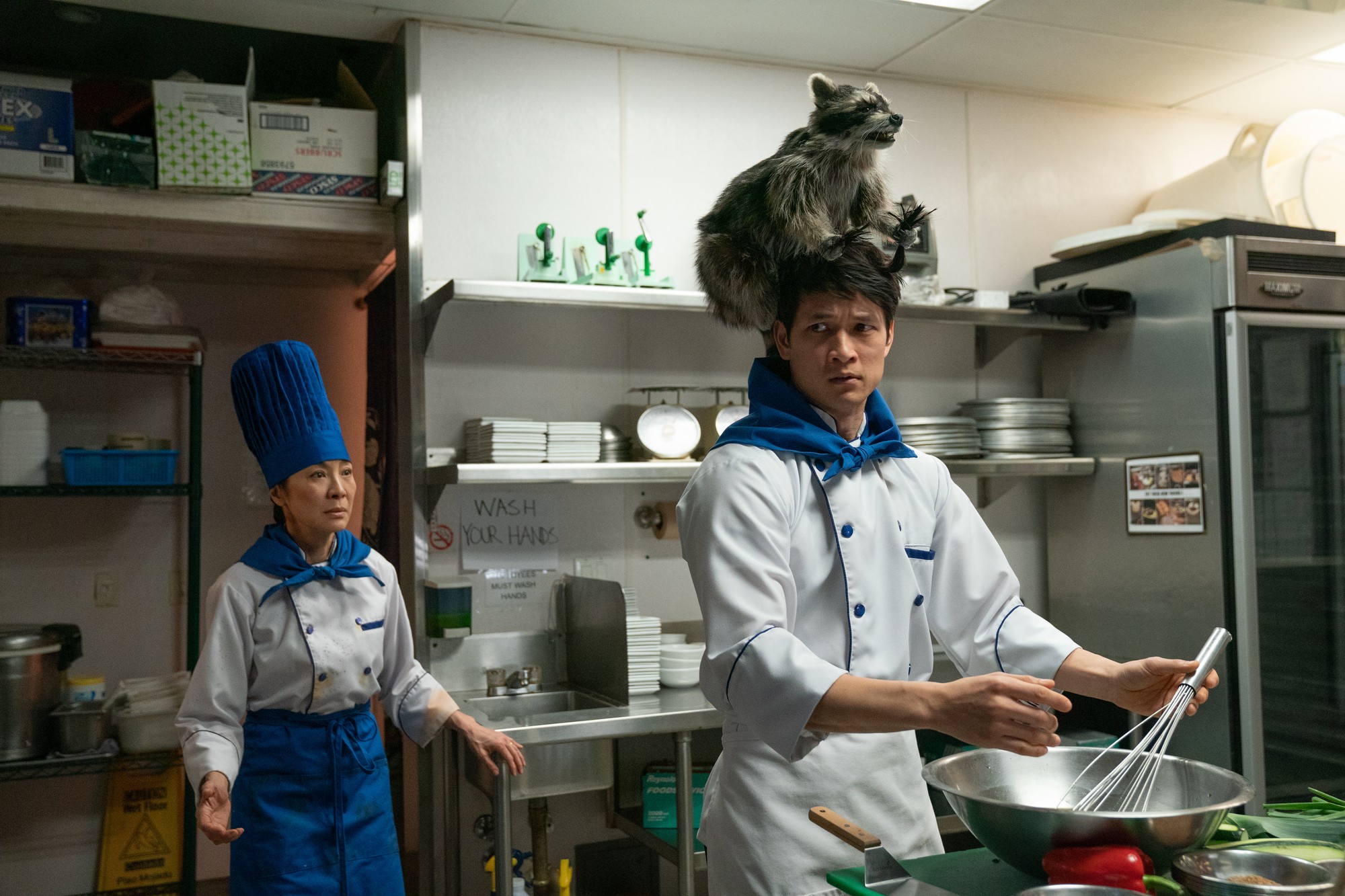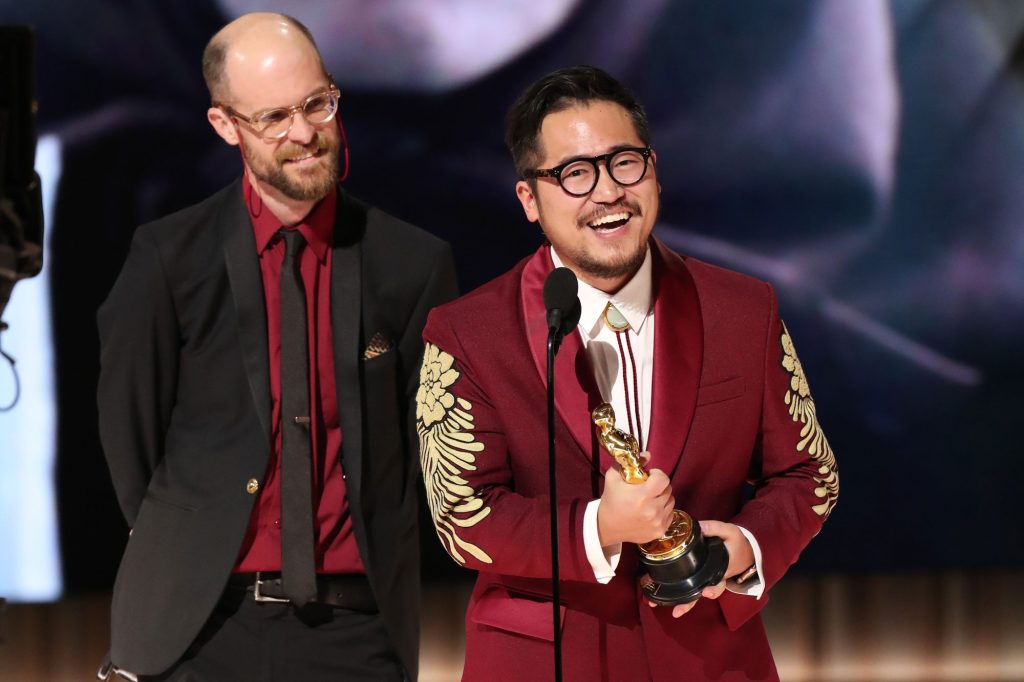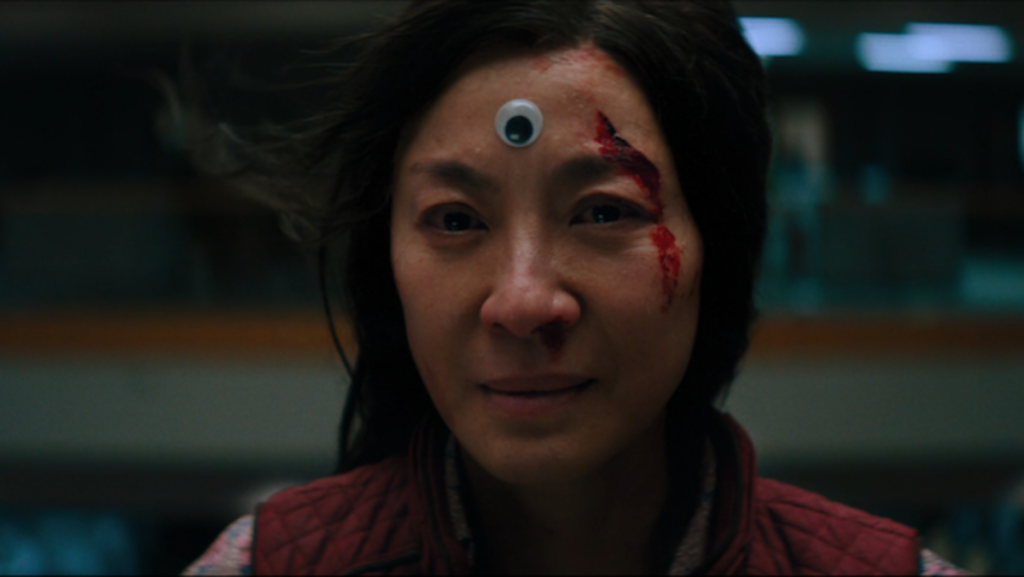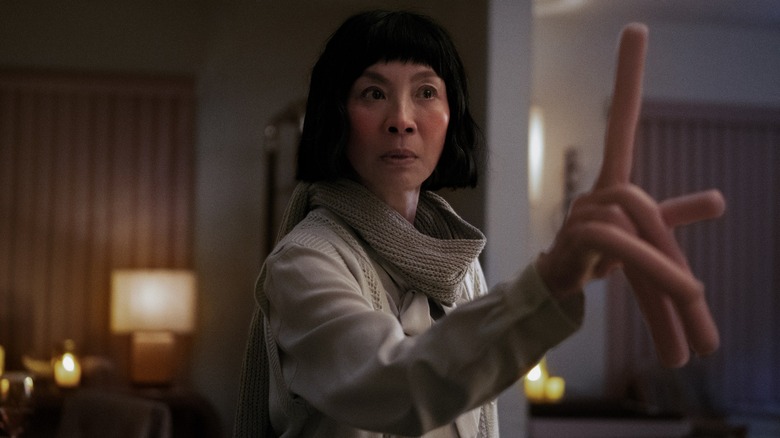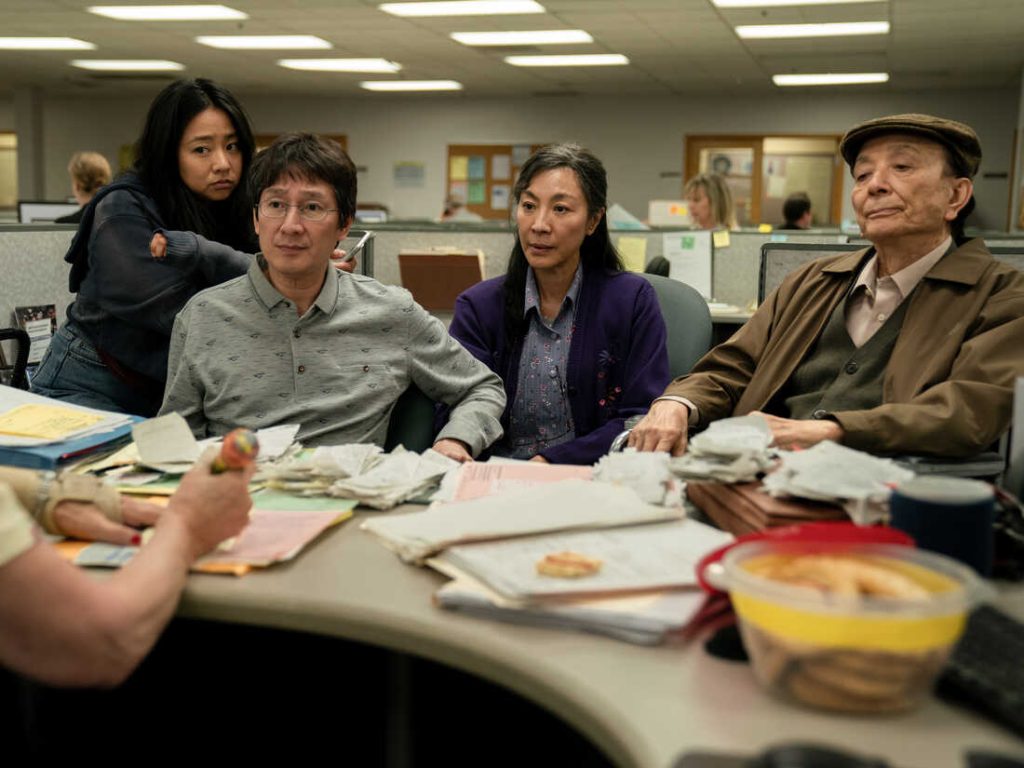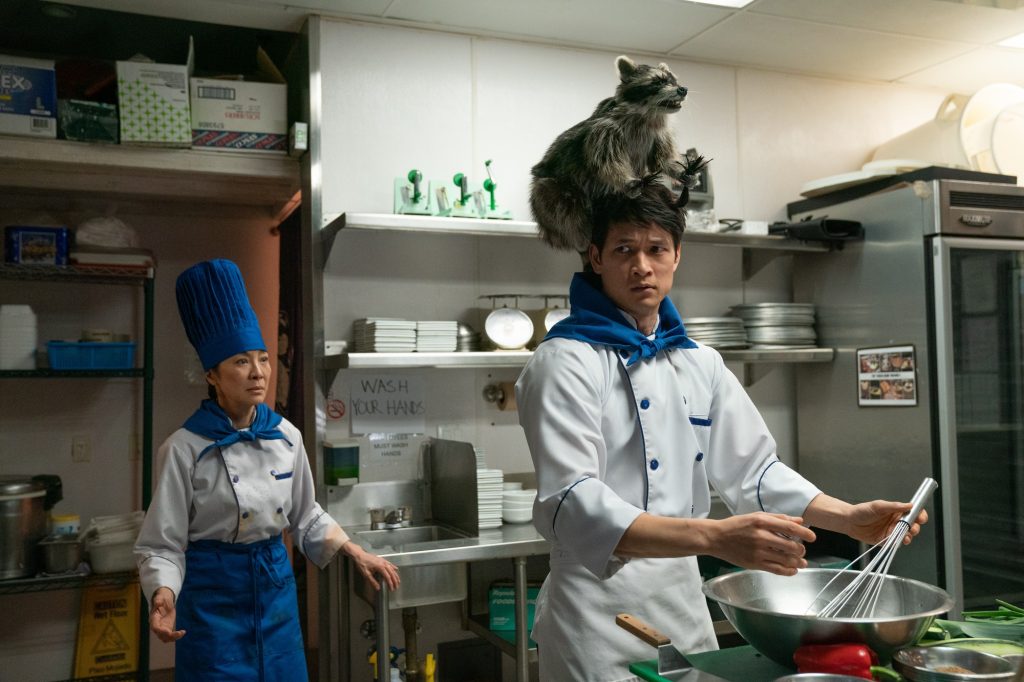Paul Thomas Anderson’s epic drama, There Will Be Blood, floored critics in 2007 and was nominated for Best Picture. Inspired by Upton Sinclair’s ninety-year-old novel Oil!, the film was set in the dirty, scorched earth of turn-of-the-century California and told the story of Daniel Plainview, a larger-than-life caricature of capitalism and American industriousness.
There Will Be Blood Cinematography: What Makes it Exceptional Storytelling
While Blood lost Best Picture, it did win Oscars for two of its most prominent features: Daniel Day-Lewis’s unforgettable performance and the film’s stunning, sweeping cinematography. That award went to the film’s DP, Robert Elswit, an American journeyman who has shot dozens of films in his career. Elswit, who grew up and attended film school in California, cites John Cassavetes as a heavy influence and first worked as director of photography on the Rob Reiner comedy The Sure Thing.
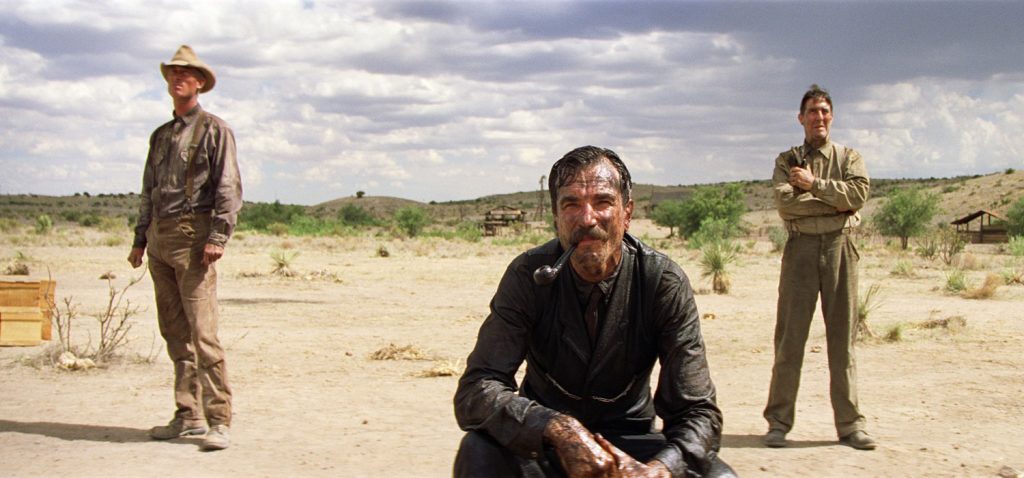
Since then, he has shot everything from dramas to thrillers to comedies to Bond films and other action blockbusters for directors including Curtis Hanson, Tony Gilroy, David Mamet, Philip Noyce, Brad Bird, Stephen Gaghan, and Ben Affleck. He famously shot George Clooney’s Good Night and Good Luck in color, converting the film to black & white in post to give the look a greater range of shading. Most recently, Elswit filmed Dan Gilroy’s Nightcrawler, the well-reviewed Jake Gyllenhaal crime thriller.
Despite all these varied projects, Elswit is probably best known for his collaboration with Paul Thomas Anderson, since PTA’s very first feature, Hard Eight, and continuing to his present film Inherent Vice. Elswit has shot all of Anderson’s films, with the sole exception of 2012’s The Master. Paul Thomas Anderson is widely considered one of the medium’s greatest living directors. He is famous for being improvisational and working on shots and scenes at the moment, waiting to see what the context of the day’s shooting will bring to the work.
This style is especially difficult for camera crews in Hollywood, whose jobs are quite technical and who are used to preparation and precision. Elswit’s long-standing relationship with the director has been of great benefit to their collaboration, giving them decades of rapport and understanding and allowing them to work within each other’s orbits.
Image via IMDB.
Style & Influence
Elswit is a staunch and vocal supporter of shooting with film, avoiding digital as much as possible. He’s been quoted as saying that digital offers “no texture, no grain.” Fortunately for the DP, Paul Thomas Anderson is of the same opinion, and There Will Be Blood was shot entirely in film. Not only that, but only film dailies were used, with no DIs, or digital intermediates, unless shots were using the rare digital effect (mostly related to oil wells and removing anachronistic elements impossible to block out.) The possibilities of digital would give Anderson’s improvising nature a lot to work with—in his own opinion, too much to work with—and so he avoids it at all costs.
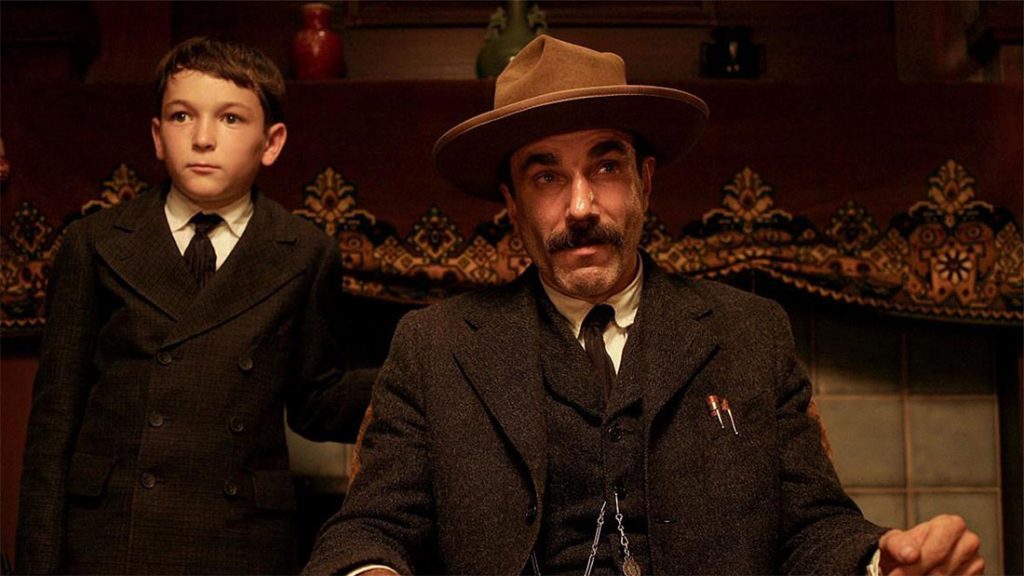
Hard Eight, their first collaboration, was shot in Super 35, but every film they’ve done together since has been anamorphic due to Anderson’s preference for its depth of field and look. Both Anderson and Elswit are noted fans of the films of the 1930s and 40s, many of which used anamorphic ratios. A specific point of reference for There Will Be Blood was John Huston’s The Treasure of the Sierra Madre, released in 1948. Anderson wanted to achieve Huston’s straightforward style, using simple frames and a small number of angles for each scene.
Image via IMDB.
Lenses
Most of the film is shot with high-speed anamorphic lenses on a Panavision XL, all in 35mm. Anderson prefers the look of slower film stocks, which need much more light for exposure, and so most day scenes used Kodak 50D while night scenes used Kodak 200T. The Vision2 stocks were relied on for the relatively low contrast and usefulness in exterior shots, which is important to the on-location shoot.
The crew used Panavision lenses that were specially modified either for Blood or for previous films, like Solaris and Memoirs of a Geisha, including lenses whose optics were four decades old. Lenses were modified so that low speeds could be used whenever possible, typically interiors that could be adequately lit. Others, including a modded 43mm lens, were used for their desaturated, low-contrast, low-resolution look. Anderson avoided zoom lenses at all costs, preferring to use the slower (and thus more expensive) setups needed for prime lenses, insisting that the looks framed by 40mm, 50mm, 75mm, and 100mm lenses were essential to the staging and design of the film.
Other modifications were made to the lenses to give the film a more vintage look. For some shots, the crew removed the anti-reflective chemical coatings from the glass, creating more organic-looking flares modern audiences are used to seeing. Alterations were made to the types of glass and even the roundness of the lenses. The crew has since remarked it was one of the most challenging shoots of their careers—some of the lenses were tested extensively before being used for a scene.
Concentrating on achieving the look they wanted through lenses, Anderson hoped to avoid using filters and other common cinematographic techniques. Elswit disagreed, insisting filters like the 85 are custom-made and do not hurt the image—he had to lobby hard to use them in There Will Be Blood.
Location
Most of Blood takes place in the scorching sun of the American Southwest, in wide-open desert and plains in the brightest parts of the day. The preferred use of anamorphic lenses was ideal for capturing the expansive landscapes the setting provided. The production eventually settled on Marfa, Texas as the primary location for their shoot. Marfa retained some of the manmade structures that gave the period film its feel, like railroads and ranches, but it was its middle-of-nowhereness that really won over the production team. Elswit said of Marfa, “There aren’t many spots in America where you can stand on top of a hill and see absolutely nothing in all directions.”
The spot allowed production designer Jack Fisk to build and arrange the small town of There Will Be Blood in a way that allowed them all to be visually connected in a very physical way. The structures important to the story, like the oil well and the church, could both be dwarfed by their environment and feel like an essential part of the terrain.
Fire & Lights
One of Blood’s key moments involves a huge fire consuming the oil derrick in the middle of the night. The crew, using practical effects over digital, originally planned to shoot this important scene over two or three nights, extinguishing the fire and re-lighting it for the next evening’s setups. Unfortunately, they quickly realized that once the fire started, the dry, hot environment would not allow them to put it out. The entire derrick would have to burn all at once, and the crew would have to get all the shots it could in the space of a single night. This results in reduced setups and angles, and made it harder for the crew to match the varying colors of the night sky, as the shoot started in the magic hour of dusk and continued into the bluing and then black night.
Anderson also insisted on using actual flames for the reversal shots of the actors watching the fire, even though Elswit was confident he could recreate the look with practical lighting. Instead, the crew used real fire, protected by flame retardant suits the actors were obviously unable to wear themselves. The heat of the flames were strongly felt by the actors and allowed them to give performances more physical than they probably preferred.
For the several campfire scenes, the crew did use practical effects, including homemade flicker boxes designed by Elswit. Using dozens of smaller bulbs to soften the lights, and amber, yellow and red gels to attain the right colors, the crew was able to replicate the look efficiently. Recreating the impression of the period oil lamps and candles proved more difficult however, as the light level the practical props achieved were too low for the film stocks. Elswit was forced to artificially light these interior scenes in a way that kept the color temperature low enough to resemble candlelight but not too warm that the film dipped too far into the red spectrum.
Another tricky scene to light was early in the film when Plainview hangs from a harness in the shaft of a mine. Day-Lewis performed the stunt himself and needed to be lit at the bottom of the shaft. A truss rig was built to suspend the combination of 18/12K and 6K Arrimax Pars above the shaft, but had to be in angled in a way that kept Day-Lewis safely out of their path had they fallen.
Yet another problem Elswit came across was Plainview’s infamous wide-brimmed hat. The hat, though now iconic, cast most of Day-Lewis’s face in deep shadow. Elswit needed to light the protagonist’s face in a way that didn’t feel artificial. He relied mostly on practical and ambient light, and tried to hide as many lights as possible within the set itself.
Overcoming the difficulties of such a challenging set, under the guide of such a challenging director, was no small feat. However, the effort of Elswit, Anderson and the crew of There Will Be Blood is right there on the screen, and resulted in one of the greatest films of the twenty-first century.
Get Started in Cinematography at NYFA
Develop your creativity and hone your technical skills in cinematography through our variety of workshops, non-degree programs, and accredited MFA track. Visit our Cinematography Programs page to learn more and apply.

